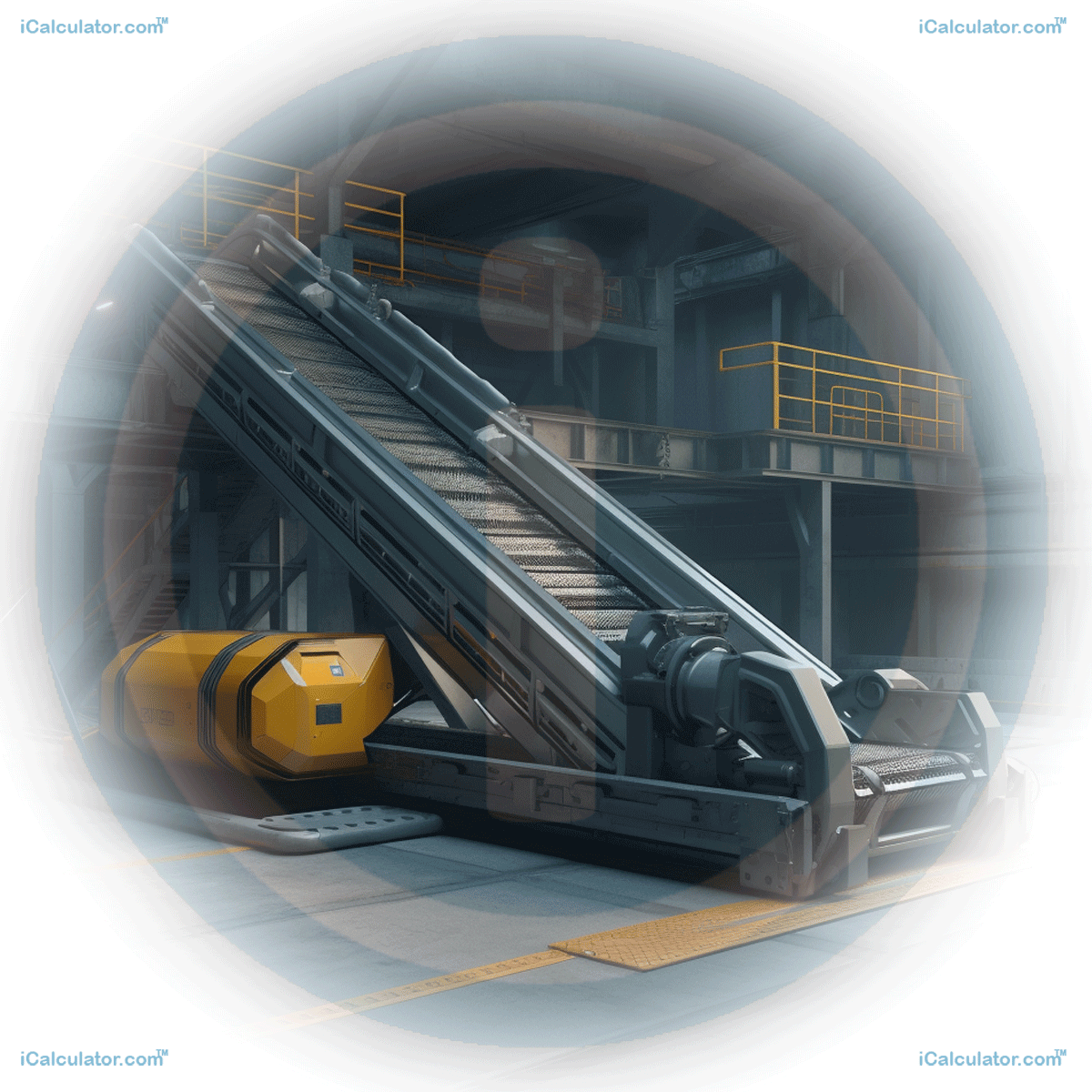Menu
Mechanical Advantage of a Pulley Calculator
In the field of engineering, pulleys are essential components used to transmit and redirect forces and motion. Understanding the mechanical advantage of a pulley system is crucial for designing and optimizing various mechanical systems. This tutorial aims to provide a comprehensive understanding of the concept of mechanical advantage in pulleys, explain the relevant formula, and showcase real-life applications of pulley systems.
| Number of Movable Pulleys |
| Mechanical Advantage in Single Pulley = |
| Mechanical Advantage in Multiple Pulley = |
Please provide a rating, it takes seconds and helps us to keep this resource free for all to use

Interesting Facts about Pulleys
- Pulleys are simple machines consisting of a grooved wheel and a rope or cable that runs along its groove.
- They have been used for thousands of years and are found in various applications, from ancient civilizations to modern engineering systems.
- Pulleys are based on the principle of distributing force or motion over multiple ropes or cables, reducing the effort required to move heavy loads.
- There are different types of pulleys, including fixed pulleys, movable pulleys, and compound pulleys, each with its unique mechanical advantages.
- Pulleys are widely used in industries such as construction, transportation, manufacturing, and entertainment.
The Formula for Mechanical Advantage of a Pulley
The mechanical advantage of a pulley system can be calculated using the following formula:
Where:
- Load (L) is the external force or weight being lifted or moved.
- Effort (E) is the force applied to the rope or cable to overcome the load.
The mechanical advantage represents the factor by which a pulley system multiplies the applied force or motion. It indicates the efficiency and advantage gained by using a pulley system to lift or move heavy loads.
Real-Life Example: Crane Systems
An excellent example of a real-life application of pulley systems is the use of cranes in construction and material handling. Cranes employ complex arrangements of pulleys to lift and move heavy loads with ease.
Imagine a construction site where a crane is lifting a massive steel beam into place. The crane operator exerts an effort force on the control mechanism, which is transmitted through the pulley system to lift the load. The mechanical advantage of the pulley system determines the ratio between the load weight and the effort force required by the operator.
By using multiple pulleys and arranging them in a specific configuration, cranes can achieve significant mechanical advantages, allowing them to lift loads that would otherwise be impossible with direct human force alone. The mechanical advantage of the pulley system reduces the effort required by the operator and increases the overall efficiency of the lifting process.
Conclusion
Understanding the mechanical advantage of a pulley system is essential for engineers and designers involved in the design and optimization of mechanical systems. By calculating the mechanical advantage, they can optimize the performance and efficiency of pulley systems, ensuring that heavy loads can be lifted and moved with minimal effort. Pulleys are widely used in various industries and applications, providing a mechanical advantage that allows for the efficient transfer of forces and motion. By grasping the concept and using the Mechanical Advantage of a Pulley Calculator, engineers can make informed decisions and create efficient mechanical systems that leverage the power of pulleys.
In this tutorial, we discussed the concept of mechanical advantage in pulleys and explored some interesting facts about these versatile machines. We learned that pulleys have been used for thousands of years and are found in various applications across different industries. Their ability to distribute force and motion over multiple ropes or cables makes them an efficient tool for lifting and moving heavy loads.
We also introduced the formula for calculating the mechanical advantage of a pulley system. The formula states that the mechanical advantage (MA) is equal to the load (L) divided by the effort (E). By understanding and utilizing this formula, engineers can determine the efficiency and advantage gained from using a pulley system.
To illustrate the real-life application of pulley systems, we examined crane systems in the construction and material handling industry. Cranes utilize complex arrangements of pulleys to lift and move heavy loads with ease. The mechanical advantage of the pulley system reduces the effort required by the crane operator and increases overall efficiency in lifting operations.
By using the Mechanical Advantage of a Pulley Calculator, engineers can easily input the load and effort values and obtain the corresponding mechanical advantage. This tool simplifies the design process by providing quick and accurate calculations.
In conclusion, the mechanical advantage of a pulley system plays a significant role in various engineering applications. By understanding the concept, formula, and real-life examples, engineers can harness the power of pulleys to design efficient and effective mechanical systems. The online calculator provided in this tutorial serves as a valuable tool for engineers to calculate the mechanical advantage and optimize their designs. Whether it's in construction, manufacturing, or any other industry that involves heavy lifting, the mechanical advantage of a pulley system is a fundamental concept that empowers engineers to achieve impressive feats with minimal effort.
Engineering Calculators
You may also find the following Engineering calculators useful.
- Mechanical Advantage Of A Pulley Calculator
- Microstrip Pcb Differential Impedance Calculator
- Speaker Combination Decibel Calculator
- Fuel Injector Flow Calculator
- Piston Speed Calculator
- Wood Cubic Feet
- Gallons Per Hour Consumption Calculator
- Concrete Yardage Calculator
- Physical Properties Of Coil Material Calculator
- Circular Stepping Stone Calculator
- Electric Vehicle Road Speed Calculator
- Mah Power Consumption Calculator
- Safe Speed For Horizontal Curve Calculator
- Concrete Barrier Curb And Gutter Yardage Calculator
- Earthwork Cross Section Area Calculator
- Electrical Power Factor Calculator
- Compression Spring Wire Length Calculator
- Nautical And Statute Mile Converter Calculator
- Ah To Kwh Conversion Calculator
- Voltage Standing Wave Tatio Calulator